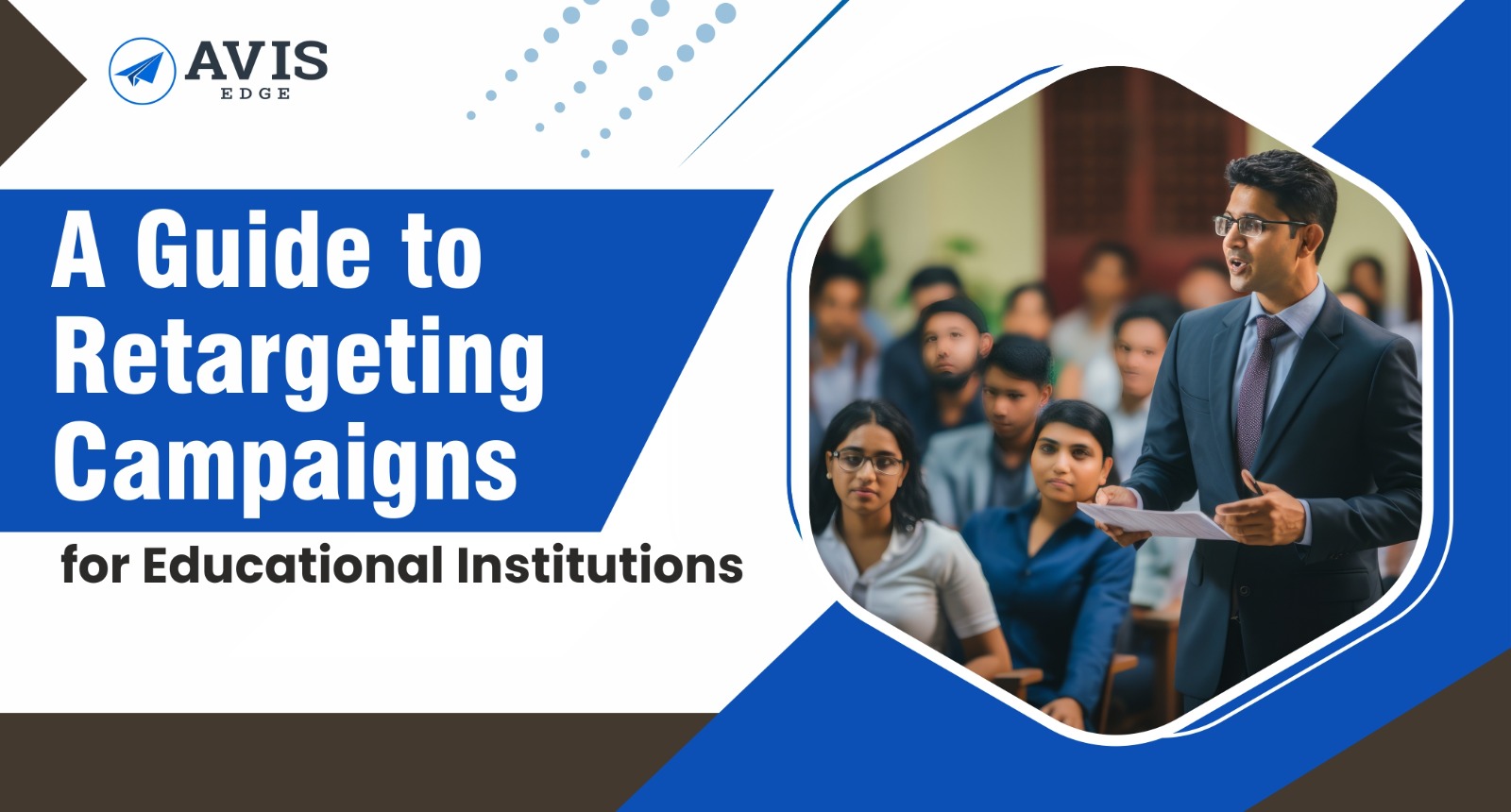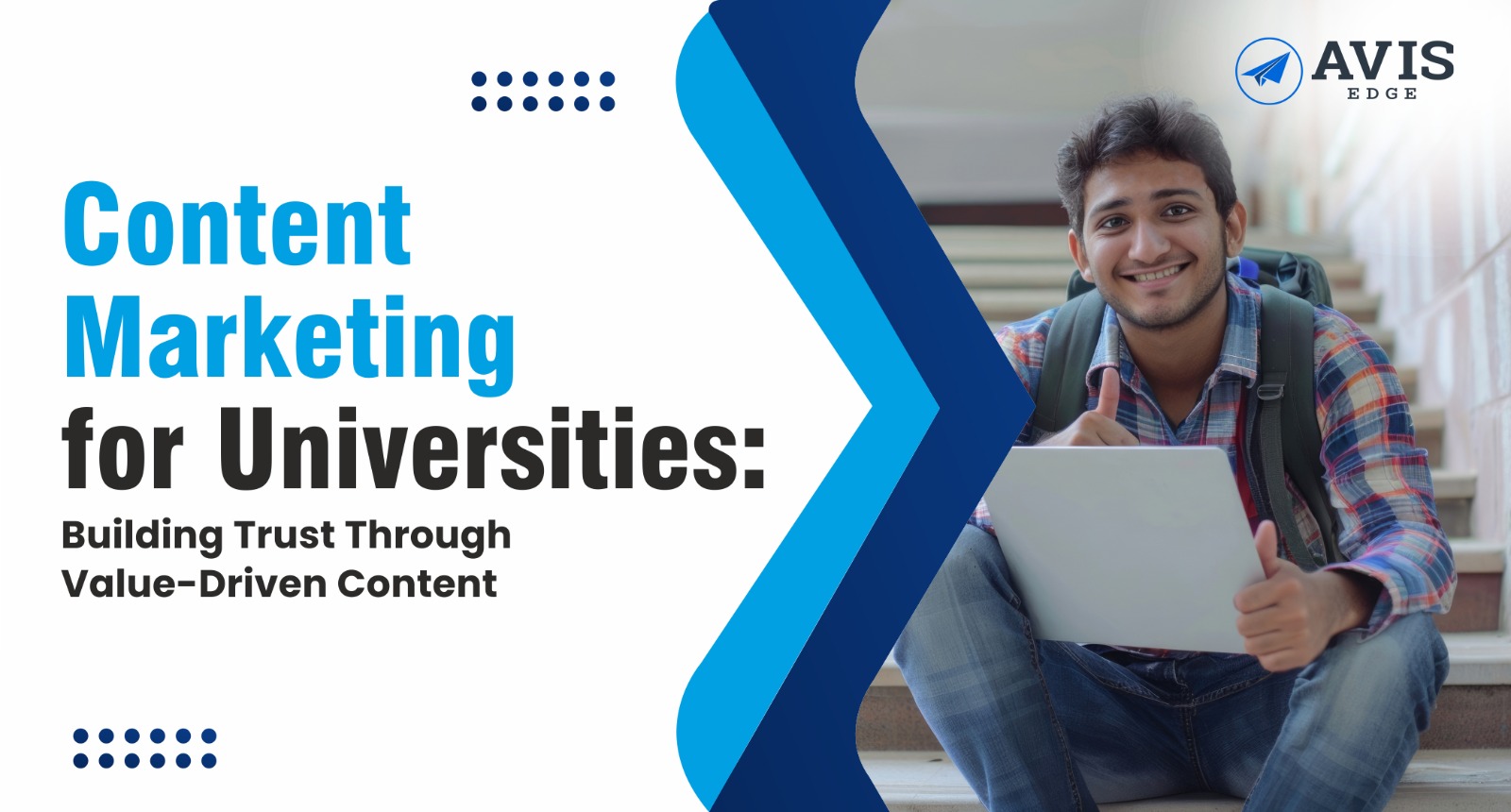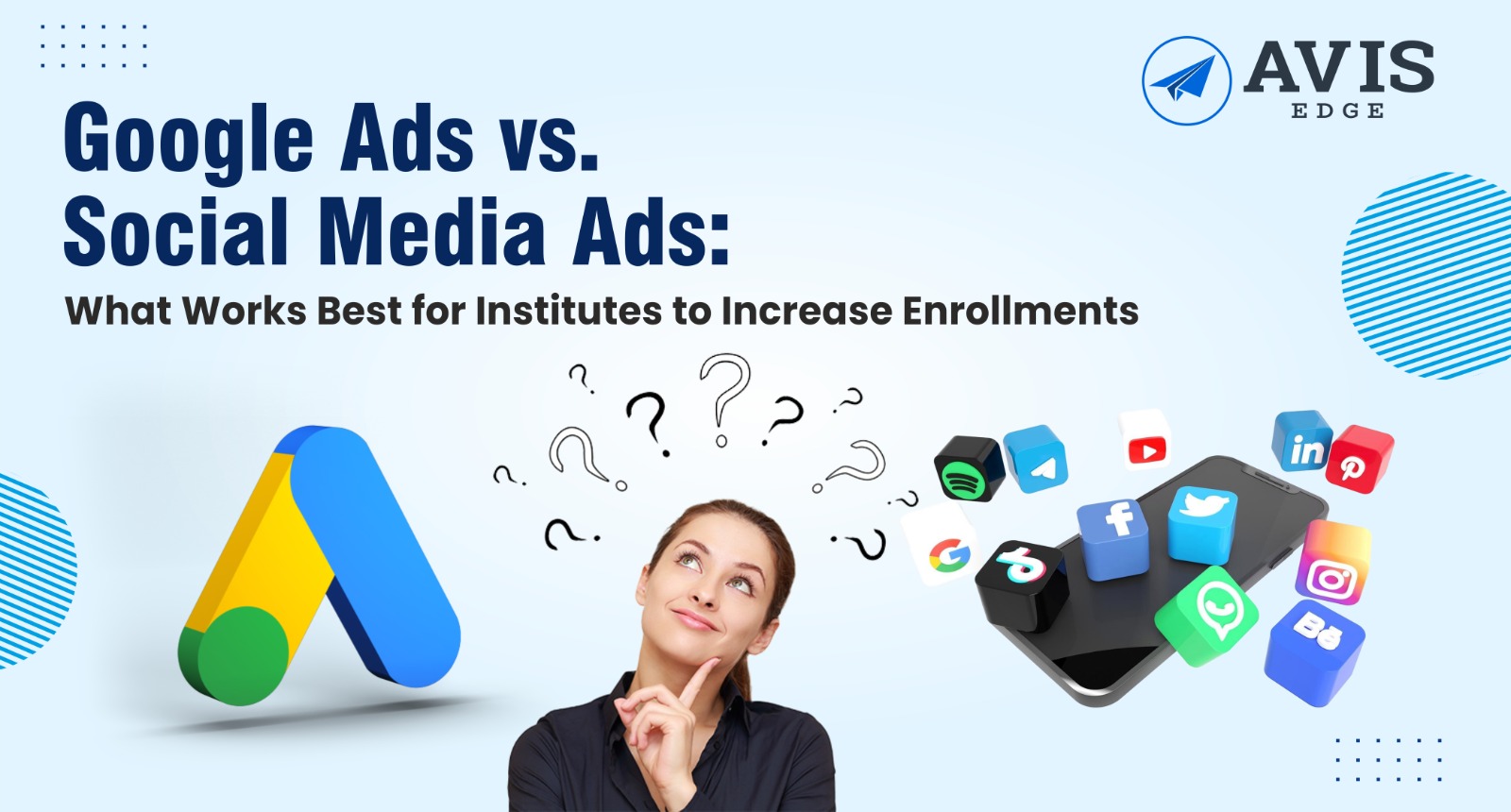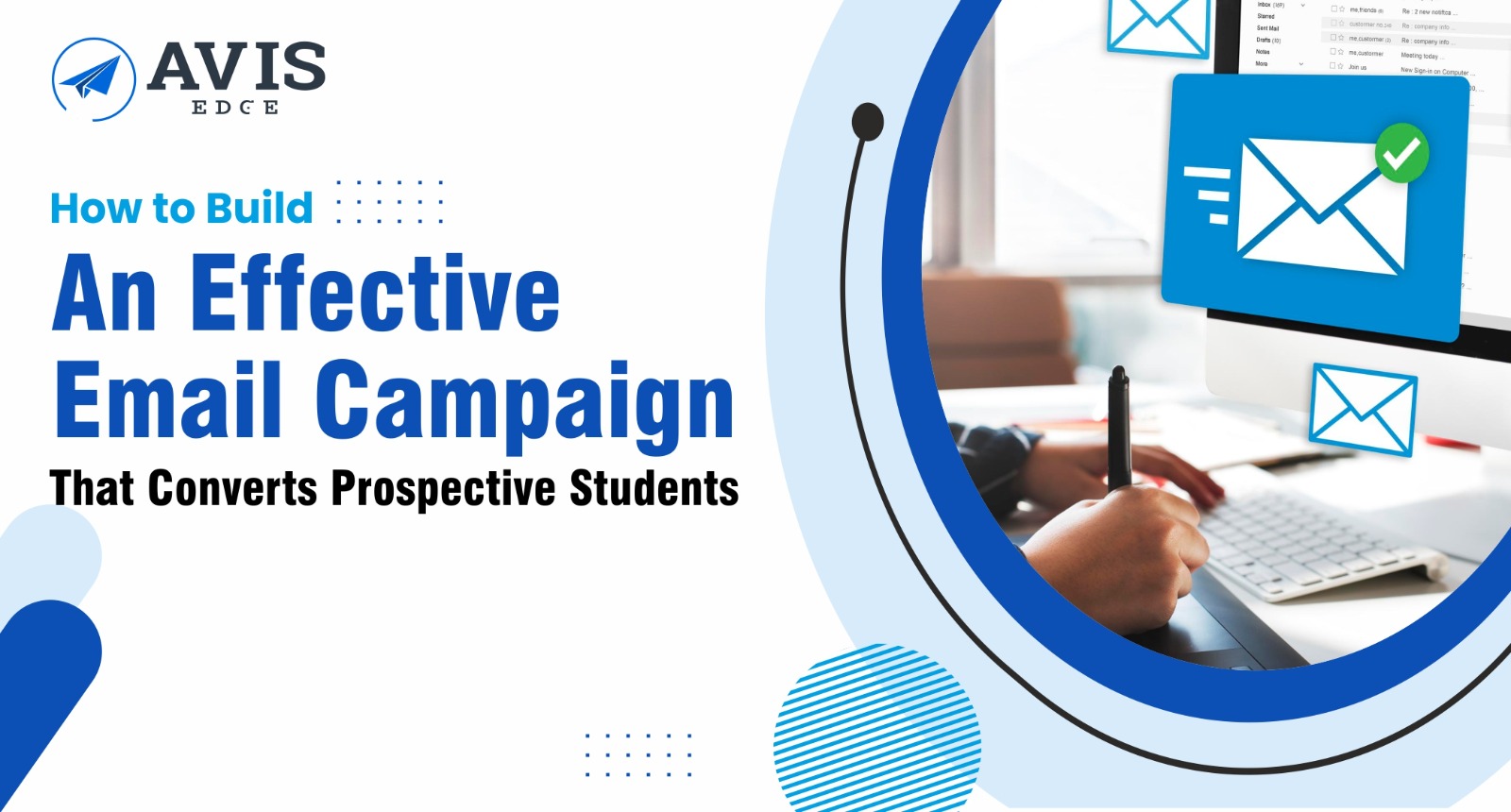
In the competitive landscape of higher education, attracting prospective students is only half the battle; converting their interest into actual enrollments is the ultimate goal. Retargeting campaigns have emerged as a highly effective digital marketing strategy for educational institutions, allowing them to reconnect with individuals who have previously shown interest in their programs. By leveraging retargeting, colleges and universities can keep their brand top-of-mind and encourage potential students to take the next step in the enrollment process. This guide explores the fundamentals of retargeting campaigns, how they work, and best practices for implementation in the educational sector.
What is Retargeting?
Retargeting, also known as remarketing, is a digital advertising strategy that focuses on re-engaging users who have previously interacted with your website or ads but did not complete a desired action—such as filling out an application form or signing up for a newsletter. By displaying targeted ads to these users as they browse other websites or social media platforms, educational institutions can remind them of their interest and encourage them to return.
How Retargeting Works
Retargeting works through the use of cookies, which are small pieces of data stored on a user's browser when they visit a website. When a user visits an educational institution's website and browses specific pages (e.g., program details, financial aid information), a cookie is placed in their browser. Later, when the user visits other sites within the ad network (such as Google Display Network or social media platforms), they may see ads related to the institution they previously visited.
Benefits of Retargeting Campaigns for Educational Institutions
- Increased Brand Recall: Retargeting keeps your institution's name in front of potential students, reinforcing brand awareness and recall over time.
- Higher Conversion Rates: Users who have already shown interest in your programs are more likely to convert when they see tailored ads reminding them of their options.
- Cost-Effectiveness: Retargeting campaigns often yield higher ROI compared to traditional advertising methods since they focus on users who are already familiar with your brand.
- Personalized Messaging: Institutions can create specific ads based on user behavior, tailoring messages to address individual interests and concerns.
- Enhanced Engagement: By reminding users of important deadlines, events, or program offerings, retargeting can drive engagement and prompt action.
Types of Retargeting Campaigns
Educational institutions can implement various types of retargeting campaigns based on user behavior:
Site Remarketing
This involves displaying ads to users who have visited specific pages on your website. For instance, if a prospective student views the page for a particular program but does not apply, you can serve them ads highlighting that program with compelling visuals and testimonials.
Email Remarketing
After sending emails to prospective students, institutions can retarget those who opened but did not click through. This strategy helps keep your institution top-of-mind and encourages further engagement.
Social Media Remarketing
Platforms like Facebook and Instagram allow you to retarget users based on their interactions with your ads or website. By creating custom audiences from your email list or website visitors, you can serve relevant ads that resonate with their interests.
Search Retargeting
This method targets users based on their search behavior. For example, if someone searches for "best engineering programs" and later visits your site, you can retarget them with ads promoting your engineering courses.
Best Practices for Implementing Retargeting Campaigns
Segment Your Audience
Not all visitors are at the same stage in the decision-making process. Segment your audience based on their interactions (e.g., page views, time spent on site) to deliver tailored messages that resonate with each group.
Create Compelling Ad Content
Design visually appealing ads that highlight key benefits of your programs or upcoming deadlines. Include strong calls-to-action (CTAs) such as "Apply Now" or "Learn More" to encourage clicks.
Utilize Dynamic Ads
Dynamic retargeting allows you to show personalized ads based on the specific programs or courses users viewed on your site. This level of personalization increases relevance and engagement.
Set Frequency Caps
While retargeting is effective, bombarding users with too many ads can lead to ad fatigue and annoyance. Set frequency caps to limit how often users see your ads within a certain timeframe.
Monitor and Optimize Performance
Regularly analyze campaign performance metrics such as click-through rates (CTR), conversion rates, and return on ad spend (ROAS). Use this data to refine your targeting strategies and improve ad effectiveness.
Combine Retargeting with Other Marketing Strategies
Integrate retargeting efforts with broader marketing initiatives such as email campaigns or content marketing to create a cohesive experience for prospective students.
Conclusion
Retargeting campaigns are an invaluable tool for educational institutions looking to boost enrollment by re-engaging prospective students who have previously expressed interest in their programs. By implementing targeted strategies that leverage user behavior data, institutions can enhance brand recall, increase conversion rates, and foster meaningful connections with potential applicants.
As competition in higher education continues to intensify, adopting effective retargeting strategies will be essential for institutions aiming to attract and retain top talent in 2025 and beyond.
Ready to elevate your enrollment strategy with effective retargeting campaigns?





